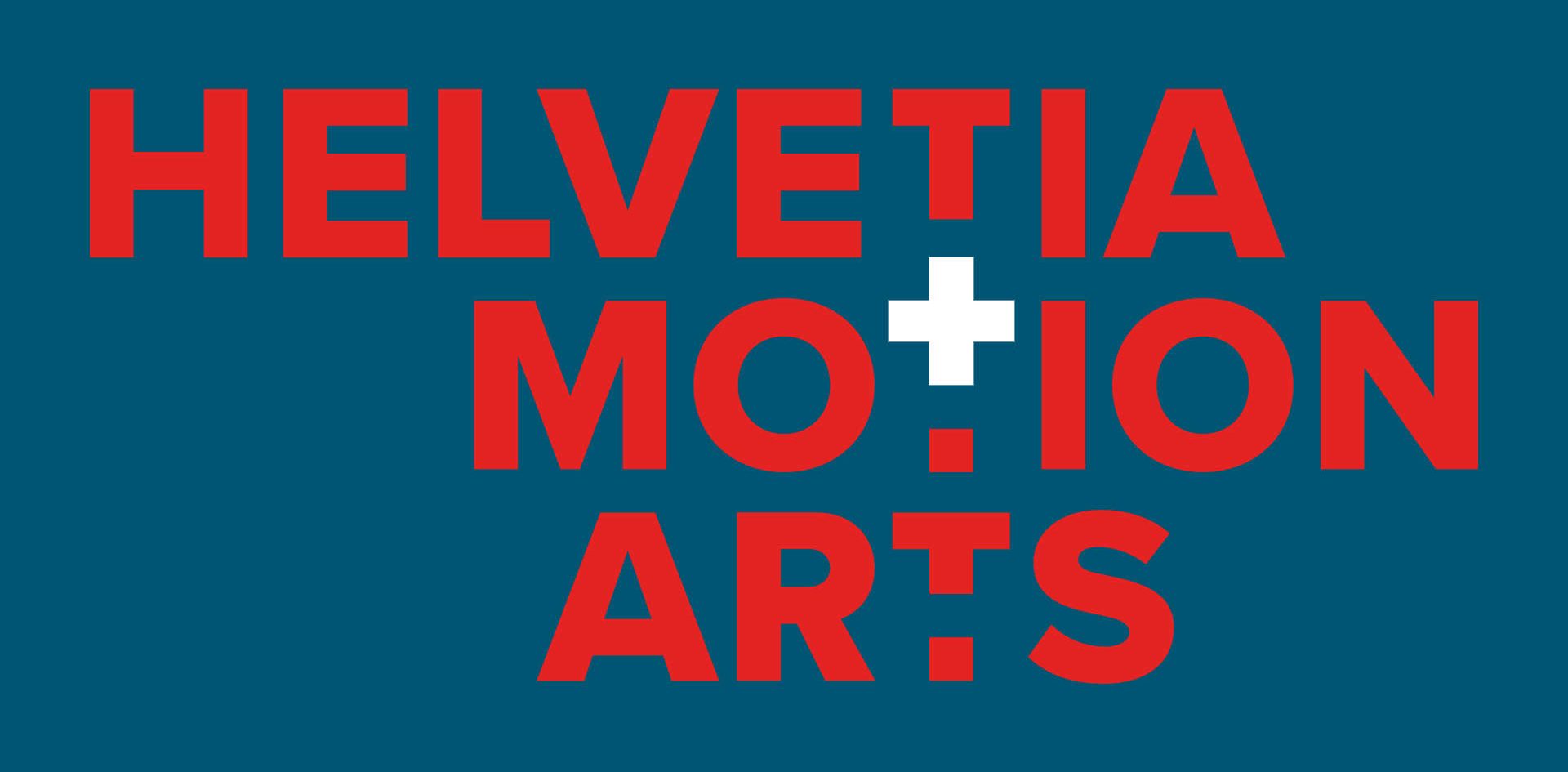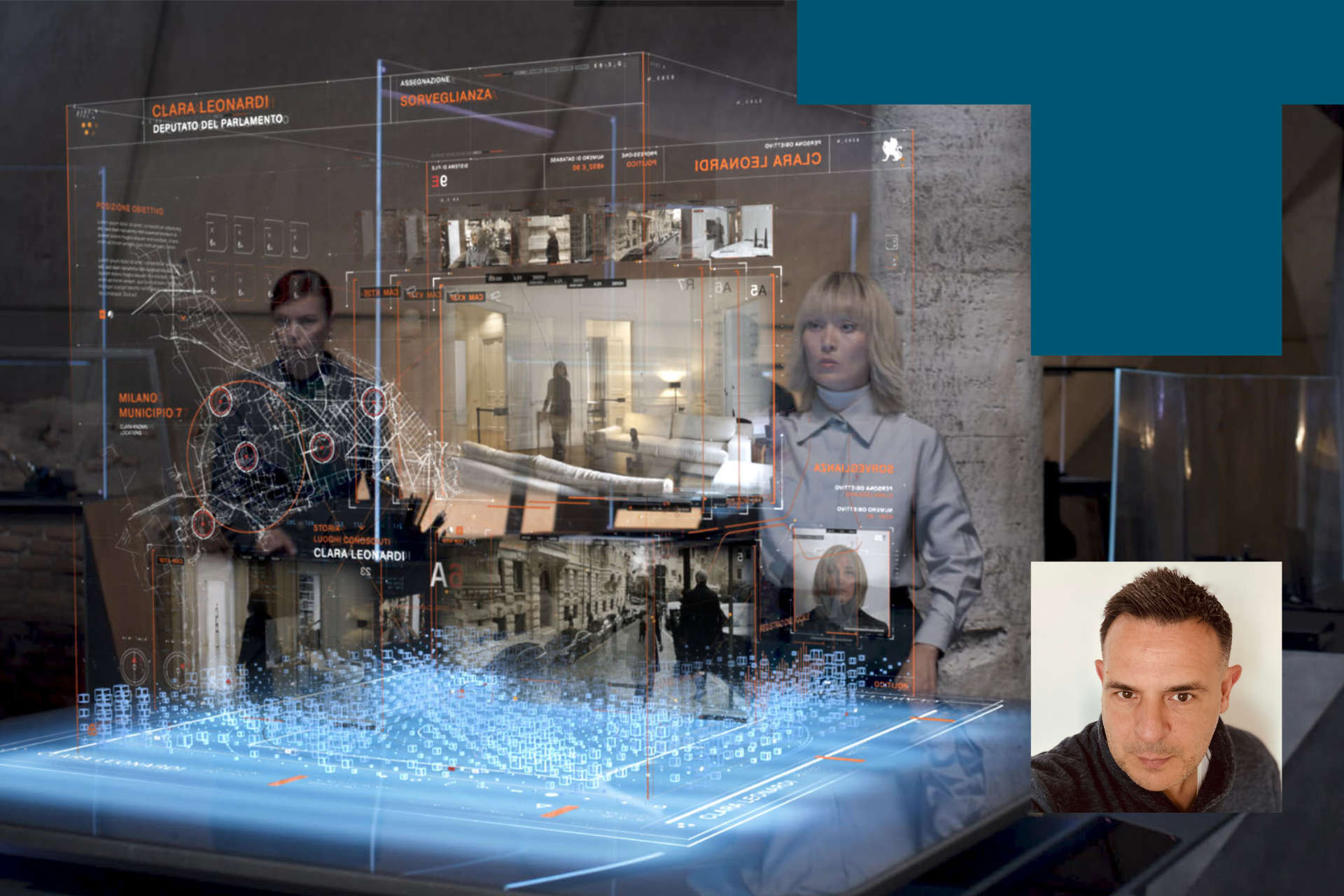
Swiss-born VFX Supervisor and Creative Director Giancarlo Derchie has spent over 17 years shaping cinematic worlds with his unique blend of artistry and technical skill. From Prometheus to Locke & Key to Citadel: Diana, his career spans iconic films and hit series. In this interview, he shares his journey and creative vision!
What first inspired you to pursue a career in visual effects, and how did your Swiss background influence that choice?
My Swiss background had little direct influence, but growing up in a multicultural country taught me to adapt easily to different cultures, concepts, and ways of working — and to value professionalism and tradition. What truly inspired me to pursue visual effects was the constant opportunity to learn and evolve. At the time, I was deciding between studying Cinematography or Visual Effects. In the end, I chose VFX because it offered a broader field of exploration, learning, and reinvention.
Looking back, was there a defining moment or project early in your career that confirmed VFX was the right path for you?
Yes — when I became the Visual Effects Supervisor for Santi (the original Three-Body Problem in China before Netflix acquired the rights). That was the moment everything came together. My background in fine arts, photography, and set design finally had a home — a space where all those disciplines converged.
My favorite motto has always been:
“A jack of all trades, master of none, but oftentimes better than a master of one.”
That philosophy perfectly reflects what VFX is about — blending art, technology, and storytelling across many disciplines.
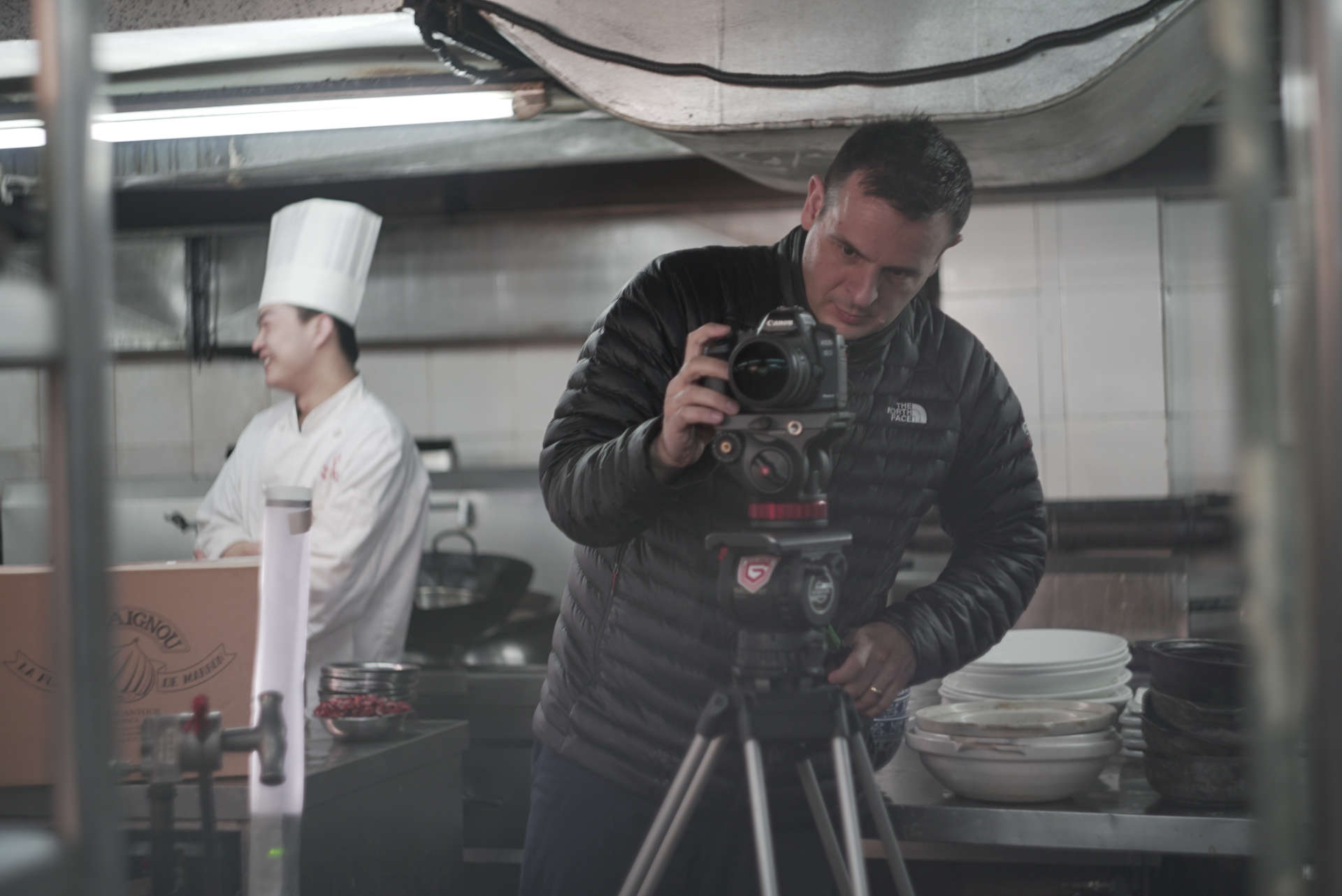
You’ve worked across a wide range of productions and countries — from The Book of Eli and Prometheus to The Great Gatsby and The Boys. How has working in different cultural and production environments shaped your approach as a VFX Supervisor?
It’s all about understanding the cultural environment you’re working in. The concept of “professionalism” shifts from country to country — and expecting everyone to share the same definition is one of the biggest mistakes many North American superviscitors make when working abroad. For me, working with so many different teams and systems has made me more agile and adaptable. I’ve learned to adjust my communication and workflow style to fit each production’s culture while maintaining creative and technical consistency across projects.
Having experienced both the creative and technical sides of filmmaking, how do you find the right balance between artistic vision and production constraints?
By designing a vision that respects both sides — creativity and practicality. From pre-production onward, I take ownership of defining the VFX concept, rules, and limitations with the approval of the showrunner and executive team. I see the role of VFX not as subordinate to Production Design or Art Direction, but as an equal creative partner. Together, we build a shared visual language that supports both storytelling and technical feasibility.
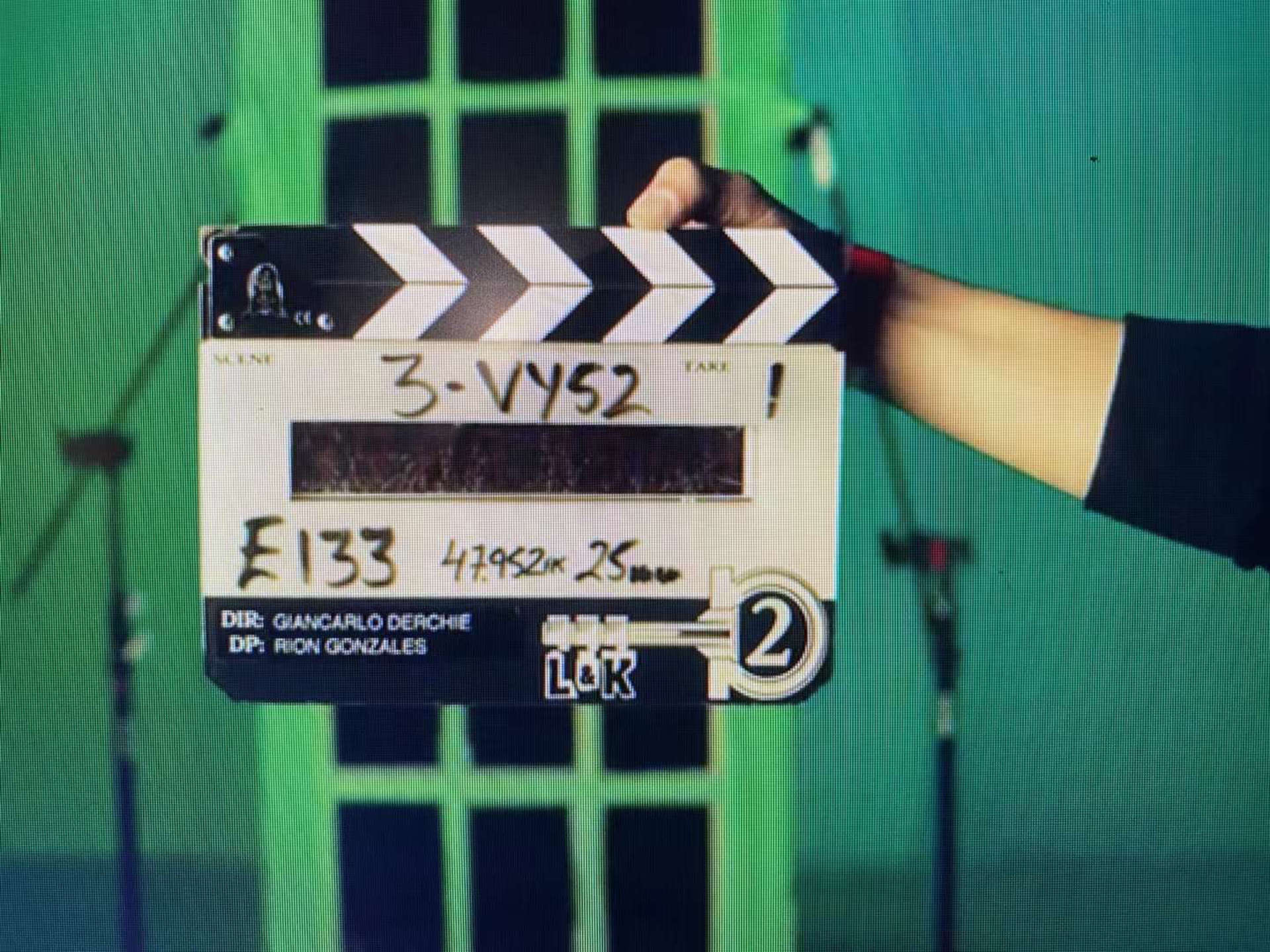
What were the biggest differences you noticed between working in major international studios and projects produced in Switzerland?
Primarily budget and scale — but also mindset. Switzerland has world-class talent, but there’s still hesitation when it comes to investing meaningfully in the film and VFX industries. With stronger government incentives and proper tax rebates, Switzerland could easily become a key hub for European and international productions.
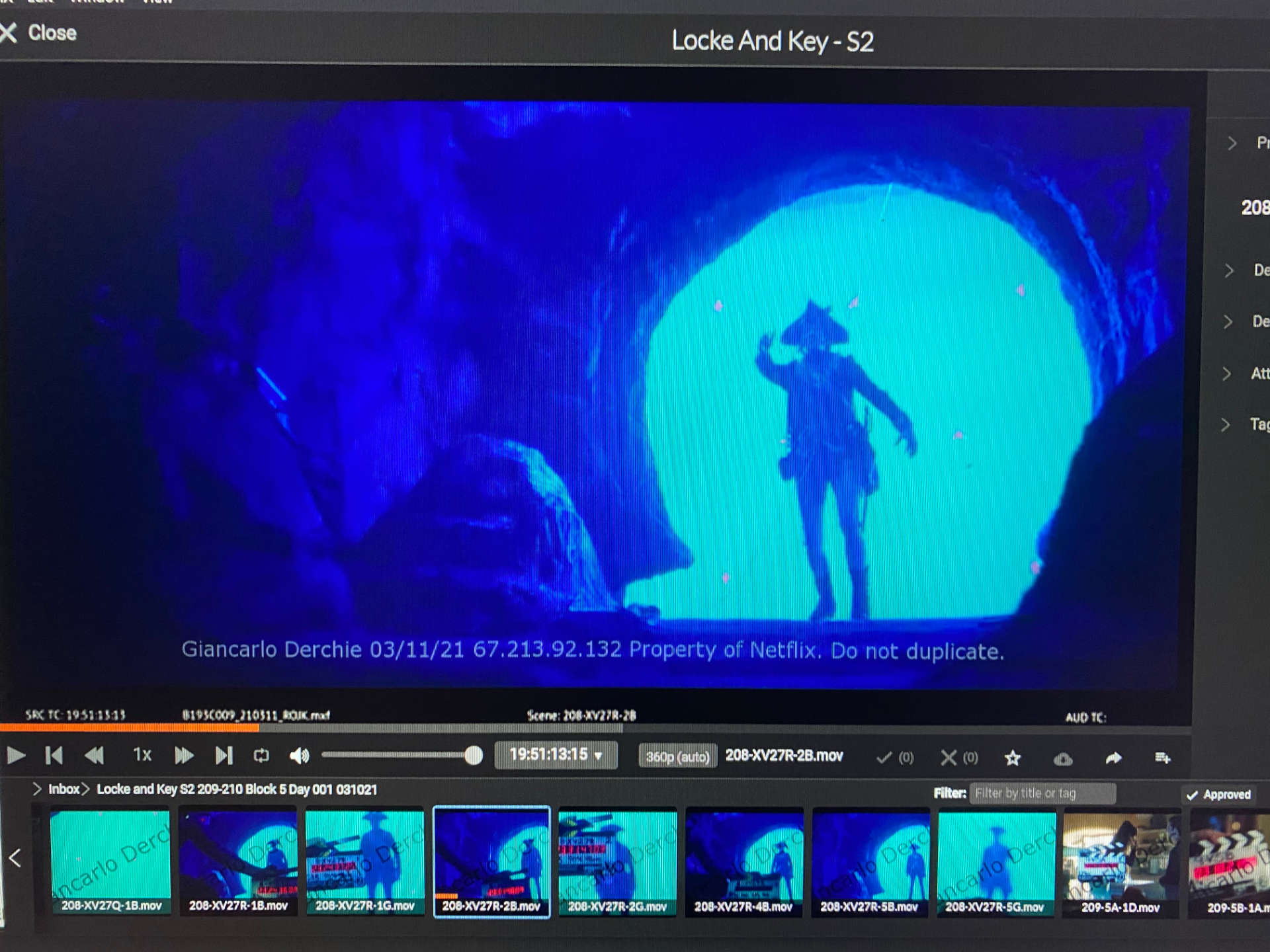
As someone with Swiss roots and a global career, do you think the Swiss VFX industry has a distinctive identity or visual style compared to other countries?
The skill and creativity are absolutely there. What’s missing is infrastructure and investment. Once the Swiss government increases support for the film and VFX sectors, we’ll start to see a distinctive identity emerge — one that blends Swiss precision with global artistry.
You recently worked on Citadel: Diana, which was partially filmed in Switzerland, including the Ticino region. How was it to see your home country featured in an international production of that scale?
I was incredibly proud. The moment I saw “Lugano” in the script, I pushed to shoot in the real location instead of Como. I worked for months with the Italian executives and the team at Inmagine SA to make that happen — and in the end, we showcased Ticino on an international stage. It was a very personal achievement for me.
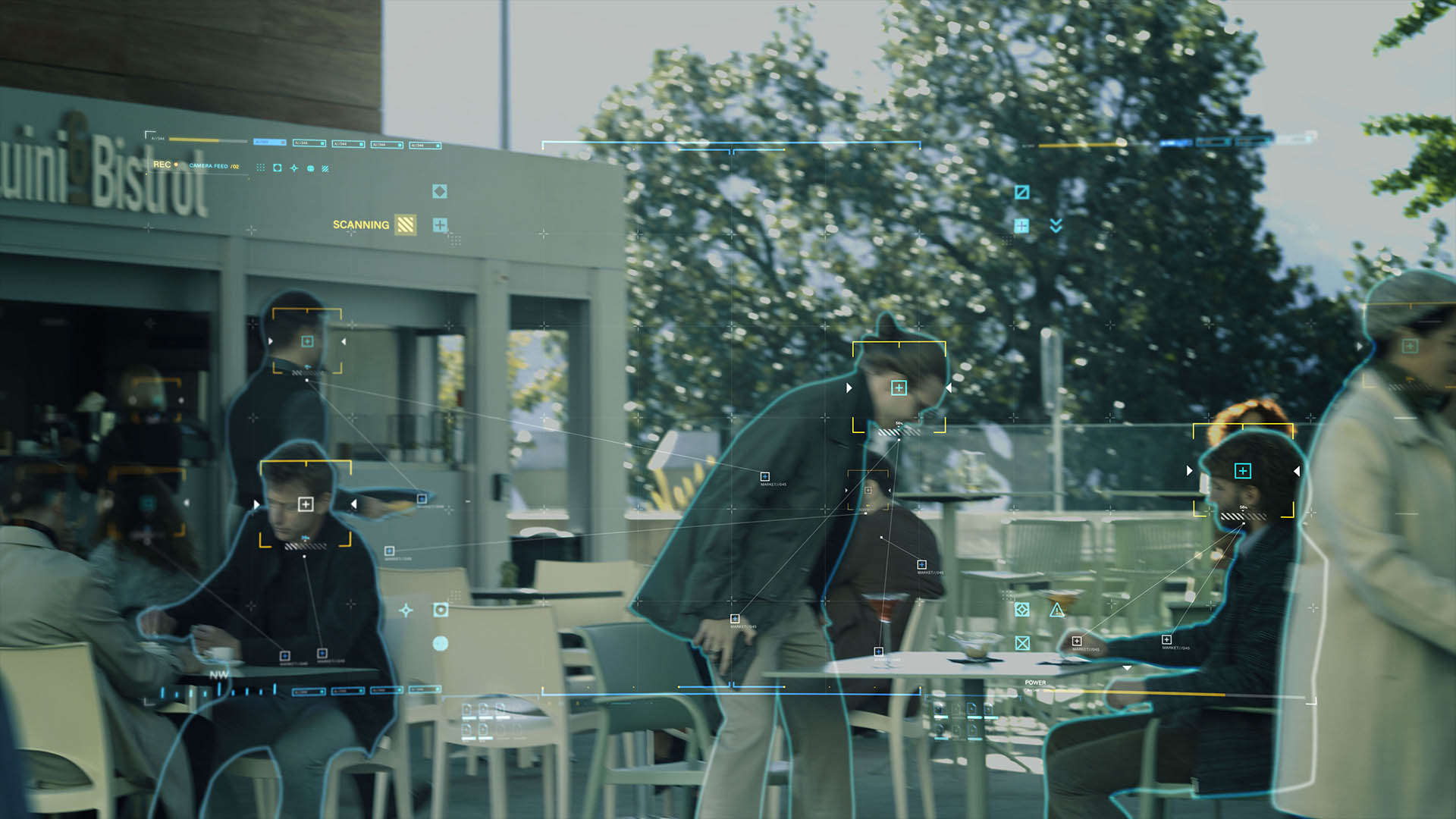
Can you tell us more about your specific contributions to Citadel: Diana and the technical or creative challenges you faced on that project?
The main challenge was bridging expectations between the Hollywood-level VFX quality that AGBO expected and the local Italian production infrastructure. The showrunner and director had limited large-scale VFX experience, so I knew we needed a clear framework. I created a comprehensive VFX Art Book — a visual and technical guide with style references, rules, and breakdowns of how the technology functioned within the story. That document became the “bible” of the show — used by the director on set, by actors to understand the tech, and by vendors for bidding and execution. It aligned everyone under one creative language and became one of the key successes of the project.
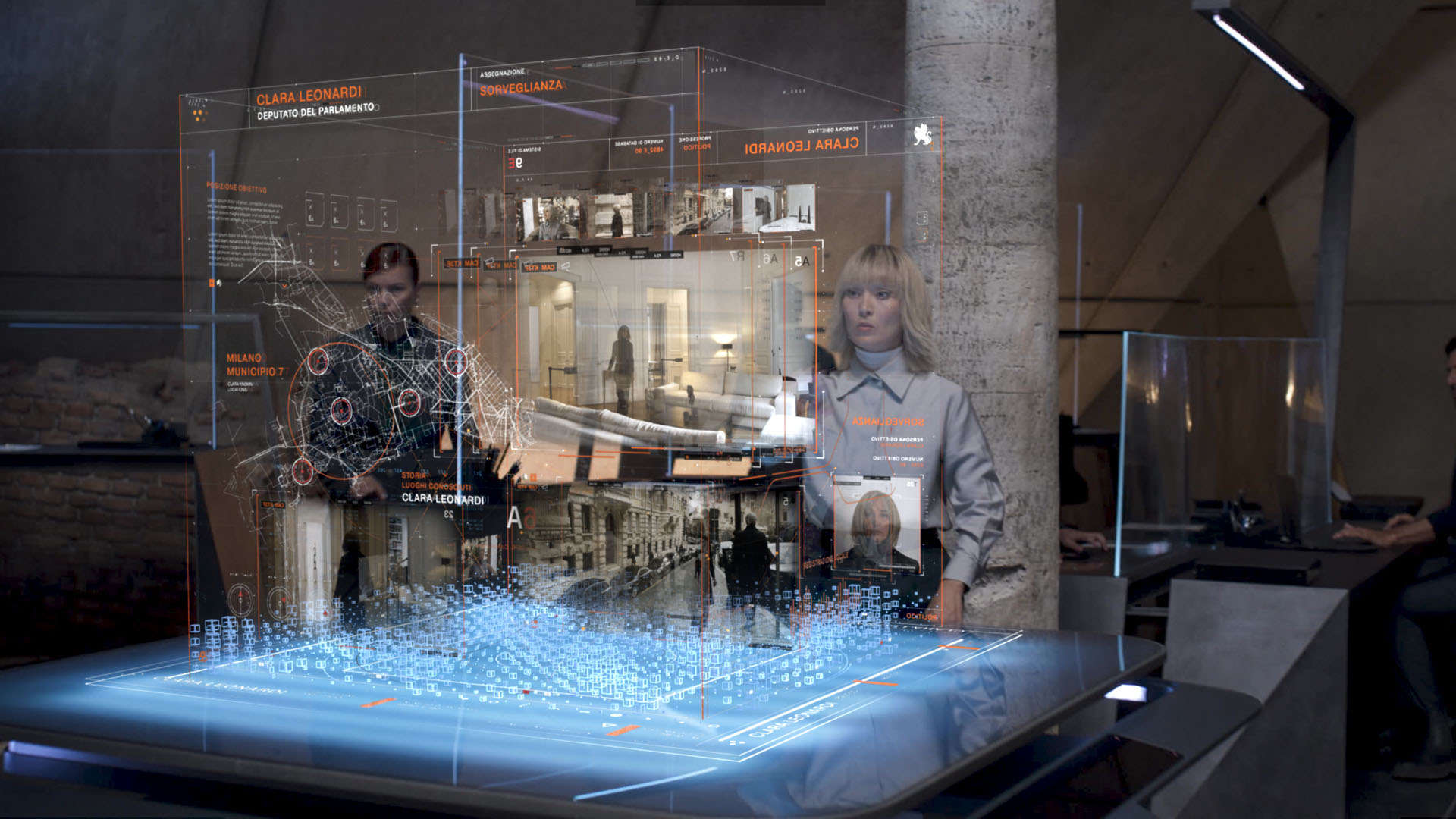
From your perspective, how would you describe the current state of the VFX job market — both in Switzerland and internationally? Are you optimistic about where the industry is heading?
Globally, the industry is shifting toward more agile, mid-sized facilities and a new generation of supervisors who are both creative and technical. There’s less waiting for direction — everyone needs to be proactive, flexible, and multidisciplinary. I’m optimistic because this new hybrid mindset fits the future perfectly.
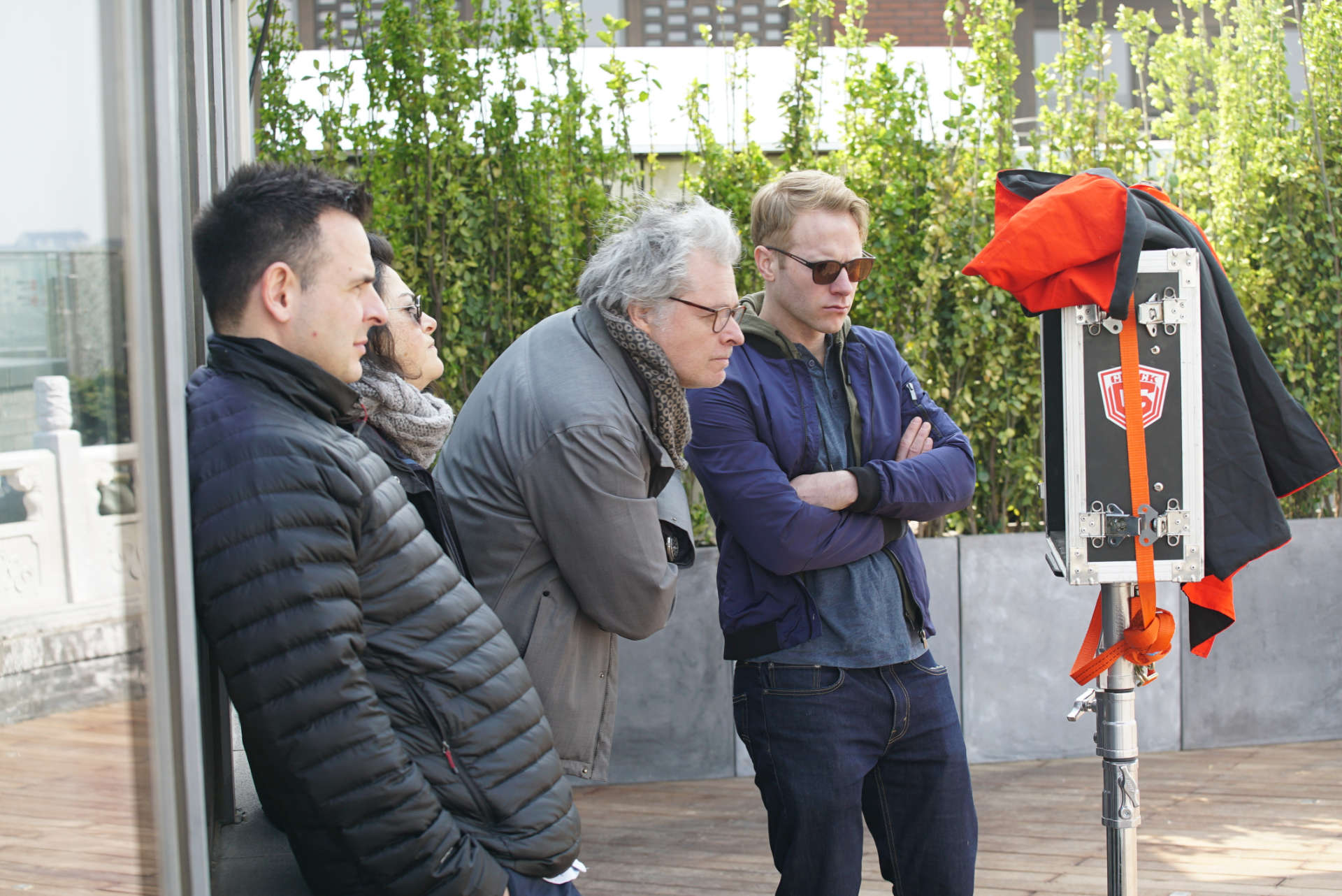
What do you think Swiss artists or studios need most today to compete globally and attract larger productions?
Honest communication and optimized workflows. Many teams still underestimate the importance of creative leadership that understands both art and logic — balancing vision, budget, and time. To compete globally, Swiss artists must embrace innovation, push creative boundaries, and actively lead rather than wait to be led.
Among all the films and series you’ve worked on, which project has been the most rewarding for you personally — and why?
Citadel: Diana — because it connected my international experience with my roots in Switzerland and Italy. I was involved from the very beginning through every stage of production, and that depth of engagement made it extremely rewarding both professionally and personally.
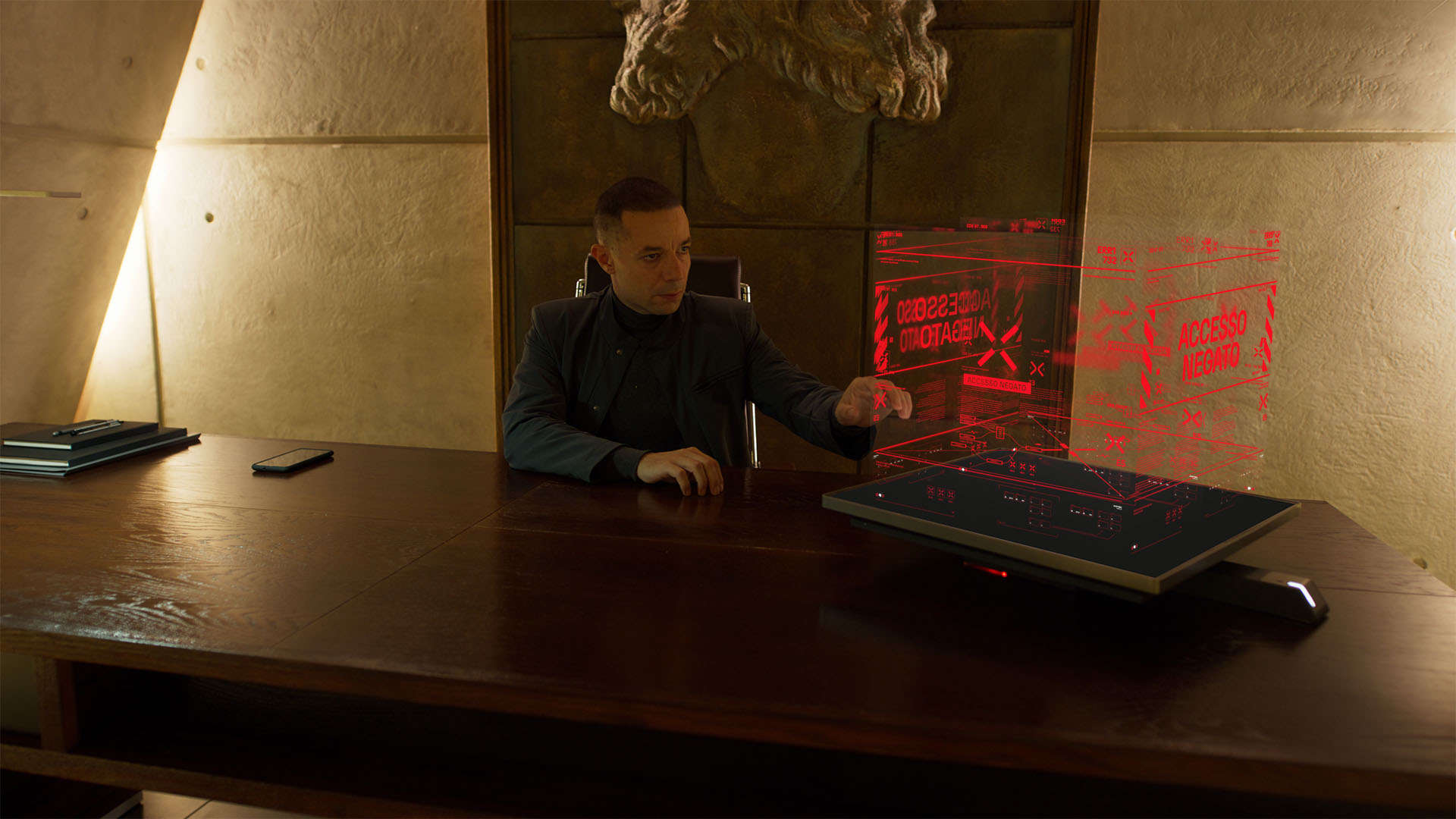
Finally, if you could choose any dream project — no budget limits, no studio constraints — what kind of story or world would you love to bring to life?
The dream is always now — every project is an opportunity to create something meaningful. But if I could choose one, it would be The Dissonance: A Novel — a story that I recently read , blending myth, science, and the human search for balance in a fractured world.
And as final notes, my personal Art Work is being showcase at the Biennale of Florence this year 2025 from 18 of October representing Switzerland:
Thanks for your time.
// Citadel: Diana – Giancarlo Derchie VFX Showreel
// Curious to see more about the artist?
Giancarlo Derchie: Official website of Giancarlo Derchie.
Art of VFX: Here’s my interview of Giancarlo Derchie about Citadel: Diana.
Perception: Dedicated page about Citadel: Diana on Perception website. A must watch to motion design artists!
